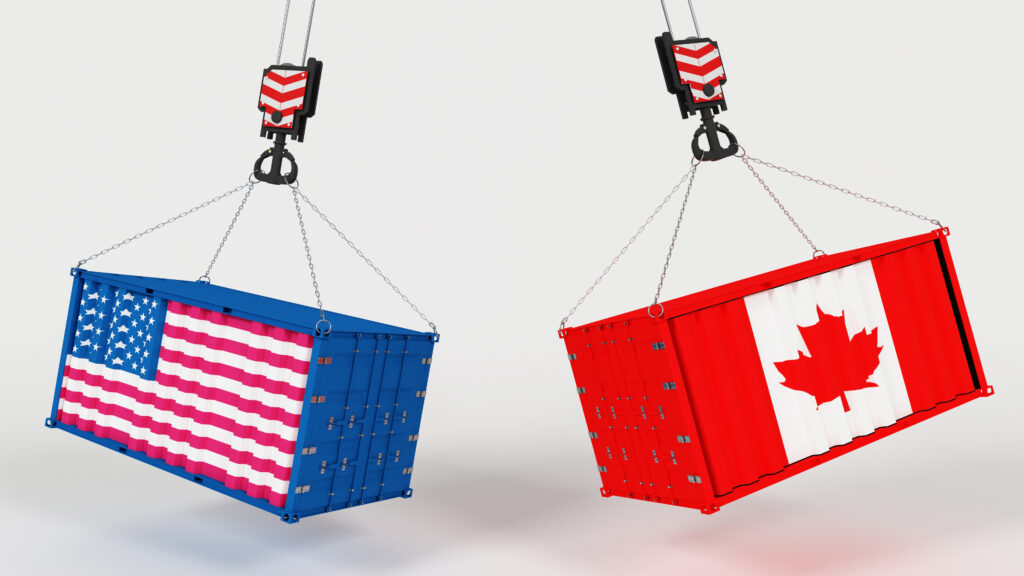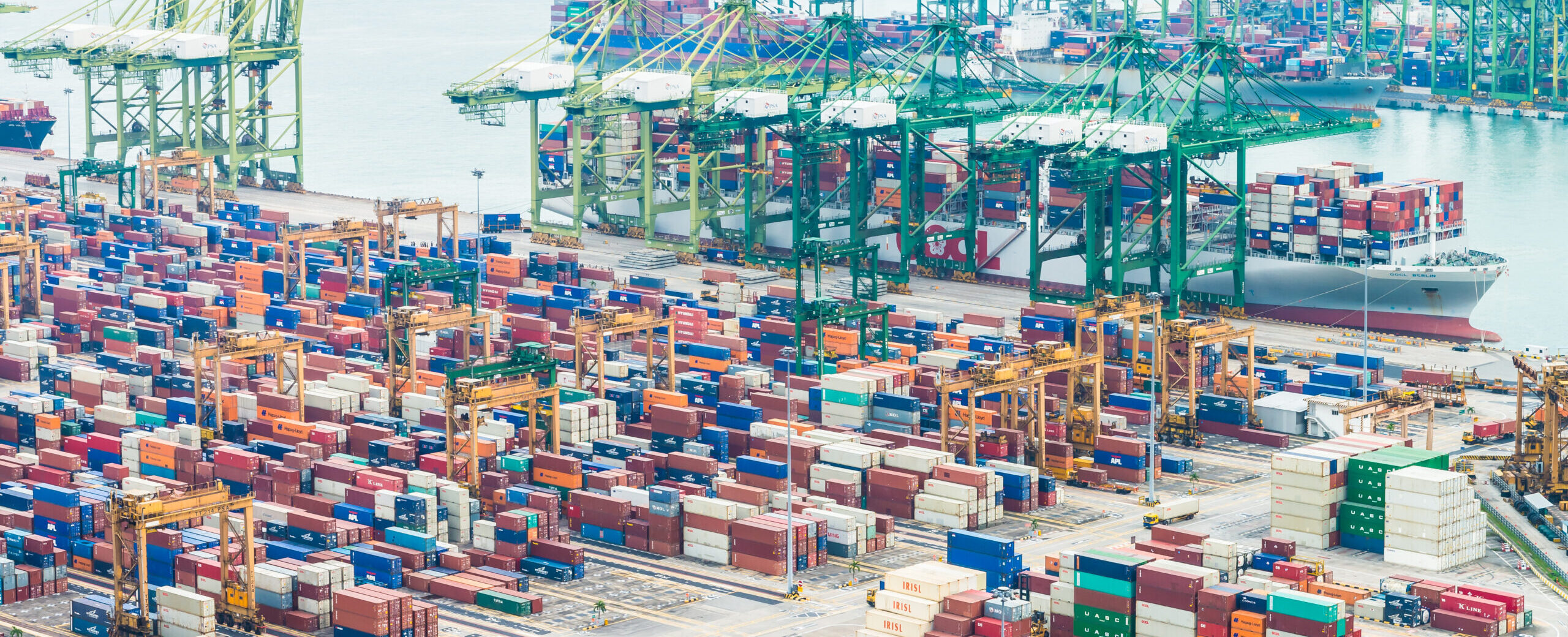Global trade in 2025 is entering another complex phase.
Rising duties on imports, shifting trade agreements, and policy updates are reshaping how goods move across borders.
For companies importing or exporting into North America, staying updated with tariff news is no longer optional, it’s essential for managing costs and maintaining reliable supply chains.
This year, tariff news is dominated by policy shifts like new trump tariffs on certain goods, ongoing questions around amazon tariffs for sellers, and continued debate over who pays tariffs when duties rise.
Add in the uncertainties around trump tariffs Canada, and logistics companies must prepare for a new wave of disruption.
In this blog, we’ll break down the latest tariff news for 2025, explain how these policies impact logistics, and show how businesses can adapt.
For companies that rely on global trade, the right logistics partner can make the difference between profit and lost opportunity.
Understanding Tariff News in 2025
Before getting into the impact on logistics, it’s important to step back and define what tariffs represent in practice.
At its core, tariff news refers to policy changes that directly affect the duties imposed on imported or exported goods.
In 2025, these changes are creating ripple effects in:
- Pricing structures for ecommerce and retail.
- Sourcing strategies for manufacturers.
- Logistics planning across trucking, air freight, and ocean freight.
By following tariff news closely, companies can anticipate shifts in cost structures and adjust supply chain strategies before they’re caught off guard.
Reach out to Newl for a customized quote for stable logistics processes amidst the unpredictable tariffs.
The Impact of Trump Tariffs

One of the most discussed developments in tariff news is the re-emergence of trump tariffs targeting goods from key trading partners.
Whether aimed at China or other countries, these tariffs reshape how businesses think about global sourcing.
- Increased landed costs make certain imports less competitive.
- Companies are reevaluating supplier networks and diversifying regions.
- Logistics providers are helping clients explore nearshoring as an alternative.
While trump tariffs create challenges, they also force companies to optimize supply chains for efficiency and resilience. The businesses that adapt fastest will protect margins and customer satisfaction.
Amazon Tariffs and Ecommerce Sellers
Ecommerce sellers are uniquely affected by amazon tariffs. Many rely on global suppliers to source products sold on the Amazon marketplace. Rising tariffs mean:
- Higher costs per unit when importing inventory.
- Reduced margins unless sellers adjust pricing strategies.
- More pressure to find alternative logistics routes or storage solutions.
For ecommerce sellers, tariff news tied to Amazon has a direct impact on competitiveness. Those who factor amazon tariffs into their fulfillment and pricing strategies stay ahead of the curve.
Who Pays Tariffs in 2025
One of the most common questions businesses ask is: who pays tariffs?
The answer depends on trade agreements, Incoterms, and contracts with suppliers.
In most cases, importers of record are responsible, meaning businesses themselves bear the costs, not foreign suppliers.
This distinction is critical. If businesses don’t plan for these expenses, unexpected charges can erode profits.
That’s why logistics partners play an important role in helping companies forecast tariff-related expenses and find ways to offset them through smarter operations.
Understanding who pays tariffs is essential for accurate budgeting and long-term supply chain planning.
Trump Tariffs Canada: A Special Case
Another pressing issue in tariff news is how Canada fits into the equation.
Trump tariffs Canada remain a point of debate in 2025, particularly when it comes to steel, aluminum, and other key imports.
- Canadian businesses face higher costs on raw materials.
- U.S. companies importing Canadian goods also experience price increases.
- Logistics providers must account for longer clearance times at the border.
For companies operating in or trading with Canada, monitoring trump tariffs Canada is vital. The right logistics strategy can minimize disruption, but only if businesses stay proactive.
Newl: Helping Businesses Navigate Tariff Challenges
At Newl, we know tariff news can feel overwhelming. But with over 35 years in logistics and warehousing, we’ve helped hundreds of businesses adapt to changing trade policies.
1. Customs Expertise
Our team works directly with clients to ensure compliance with the latest tariff schedules, reducing the risk of costly delays.
2. 3PL Warehousing Flexibility
With strategically located warehouses, including in the GTA and Charlotte, Newl helps companies offset tariff-driven costs by optimizing inventory placement.
3. Integrated 3PL Solutions
We provide 3PL logistics services that tie together freight, warehousing, and fulfillment. This end-to-end approach gives businesses more control when tariffs increase costs unexpectedly.
Tariffs may rise, but Newl ensures your logistics operation stays resilient. By combining expertise, technology, and local presence, we turn challenges into manageable strategies.
Reach out for a customized quote for your business requirements and see how you can increase your profit margins despite the uncertainties.
Practical Steps to Respond to Tariff News
If you want to get ahead of tariff changes in 2025, here’s what to do now:
- Audit your supply chain for products most exposed to trump tariffs or amazon tariffs.
- Review Incoterms and clarify who pays tariffs in your contracts.
- Diversify sourcing regions to avoid over-reliance on one country.
- Explore nearshoring opportunities in North America to reduce exposure.
- Partner with a logistics provider like Newl to manage warehousing and fulfillment strategically.
Final Thoughts
Tariff news in 2025 isn’t just about policy shifts, it’s about how businesses respond.
Rising duties, whether tied to trump tariffs, amazon tariffs, or trump tariffs Canada, will continue to reshape global trade.
Companies that ignore these changes risk higher costs and slower operations.
By understanding who pays tariffs and working with experienced partners, businesses can adapt quickly.
With local expertise, flexible warehousing, and integrated logistics services, Newl is here to help companies navigate tariff challenges and keep supply chains moving smoothly.
Frequently Asked Questions
1. How do trump tariffs affect logistics?
They increase landed costs, push businesses to diversify suppliers, and often change trade routes.
2. What are amazon tariffs and why do they matter?
They refer to added costs ecommerce sellers face when importing inventory for sale on Amazon. These fees cut into margins if not planned for.
3. Who pays tariffs when importing goods?
In most cases, the importer of record (the business buying goods) pays tariffs, not the supplier.
